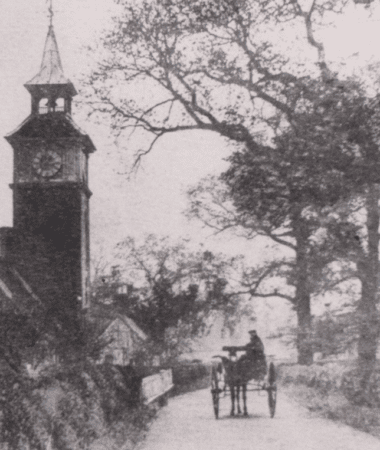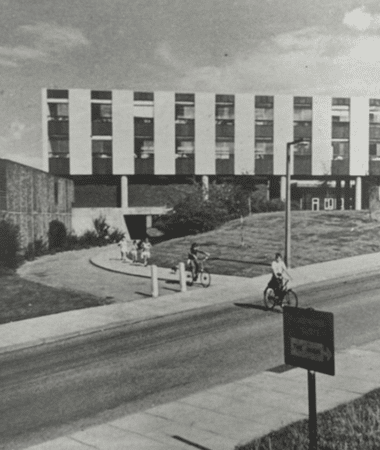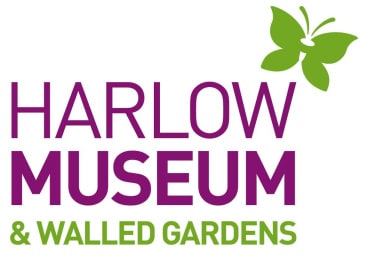
History
The parish of Latton has a long running history of people living in the area, dating back as far as 1080s. At that time there were very few households who inhabited the area and the population was mainly made up of workers that farmed the land. Later in the 18th Century the area would see more visitors as horse drawn coaches would pass through to connect to other nearby locations.
The clock tower on Latton Street has become a notable landmark in Harlow for many generations. Around the 19th Century several red brick buildings were constructed in the Mark Hall area, including a round house and the infamous clock tower. Although many of these buildings no longer exist, the clock tower remains an iconic building in the town.

New Town Connection
Within the plans for Harlow New Town was a focus on connecting neighbourhoods and green wedges. Where possible old lanes were used as footpaths and cycles tracks, Latton Street was one such area. This allowed pedestrians and cyclists to stay well connected whilst also conserving the local environment. There were two main routes through the town, one between Old Harlow and the Town Centre. And the other was known as Latton Street which connected Potter Street and Templefields. It was a much-needed pathway for workers travelling to and from the industrial estate.
What to see at Harlow Museum?
Harlow Museum & Walled Gardens features the Parish Gallery, exploring the five parishes which originally made up the land where Harlow now stands, including Potter Street, Latton, Netteswell, Little and Great Parndon. And details of the towns development can be explore in the New Town Gallery.
Learn more about Harlow Museum here